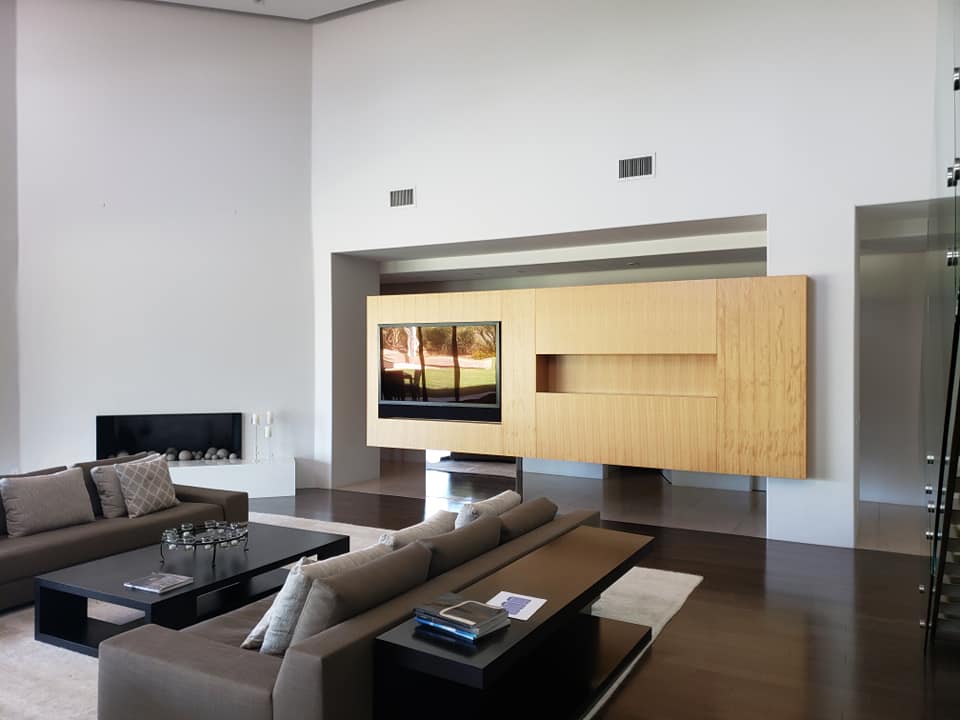An interesting article from the book called “Design Ideas for Kitchen” by “Susan Hillstorm”. The article gives us some innovative ideas about decorative paint finishes, Some of these techniques were exclusively used by our staffs in our team. And we offer this to our DIY Painters.
Many Professional Paint techniques for creating unique wall finishes are surprisingly easy to master. Most of these decorative styles employ the same formula of a base color that shows through the broken color and translucence of one or more top coats of colored glaze. The differences lie in whether the glaze is added or subtracted on the surface and how it is moved about. Stunning results can be achieved by using a crumpled rag, but can be even more striking when applied with a special brush or tool. Always start with a well-prepared surface and a good base coat of solid color.
- Sponging is perhaps the easiest of all the techniques, as the goal is a random, uneven pattern. Sponging creates an illusion of depth by having multiple layers of broken color over a base color. Simply load the sponge with glaze and dab. Don’t over-sponge or you’ll get muddled and splotchy areas instead of the fields of dotted color you are after. Use the sponging technique for wells, ceilings, flat-surfaced furniture, and cabinets. For subtle depth, use varying shades of one color over the base.
- Ragging is good for walls, doors, and flat-surfaced furniture. The success of this finish depends on the colors in your glaze, the contrast to the base coat, and what type of material is used to add or subtract one or more coats of glaze. For an elegant and mellow effect, use soft, clean, lint-free cotton squares.
- Stippling works well for any surface, including curved molding. With this method, the glaze is moved and transformed with a finely bristled stippling brush. Stippling makes a delicate, slightly elevated, consistent finish. The technique demands a smooth, well-prepared surface. Both the base coat and the glaze should be oil-based.
- Splattering this method showers the base coat with tiny droplets of paint or glaze. One way to deliver the paint is to load an oval sash brush and then tap the ferrule of the brush against a stick or another brush handle. The technique can create a deep, textured surface that is alive with color. Try to load the brush with the same amount of paint each time. This will help you achieve an even distribution of color.
- Combing creates visually interesting patterns such as stripes and distinct lines. By using different tools, some which you can make yourself, patterns are created where the glaze is lifted off. As with all of decorative paint techniques, move your hand steadily to a stopping point. If you muddle an area or stop midpoint, the surface must be re-glazed and started over. Colors can be vivid to highlight the patterned effect or more subtle for a slight suggestion of pattern.

We offer drywall repair in Washington DC, our reputation lies on the quality of the work we do. Give us a call for a free quote @ (202) 280-2569
Continue reading out “Pullout Trays“
